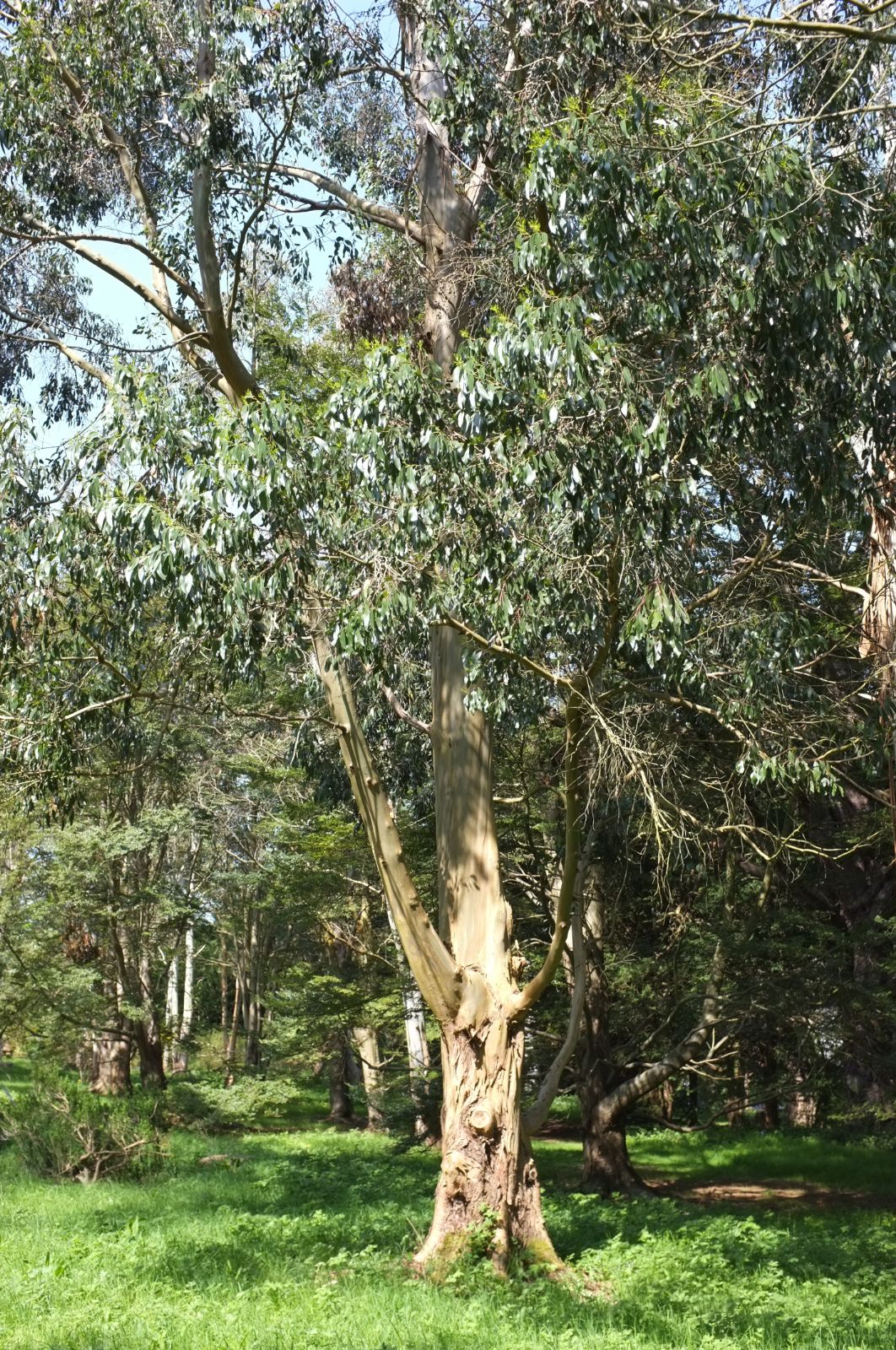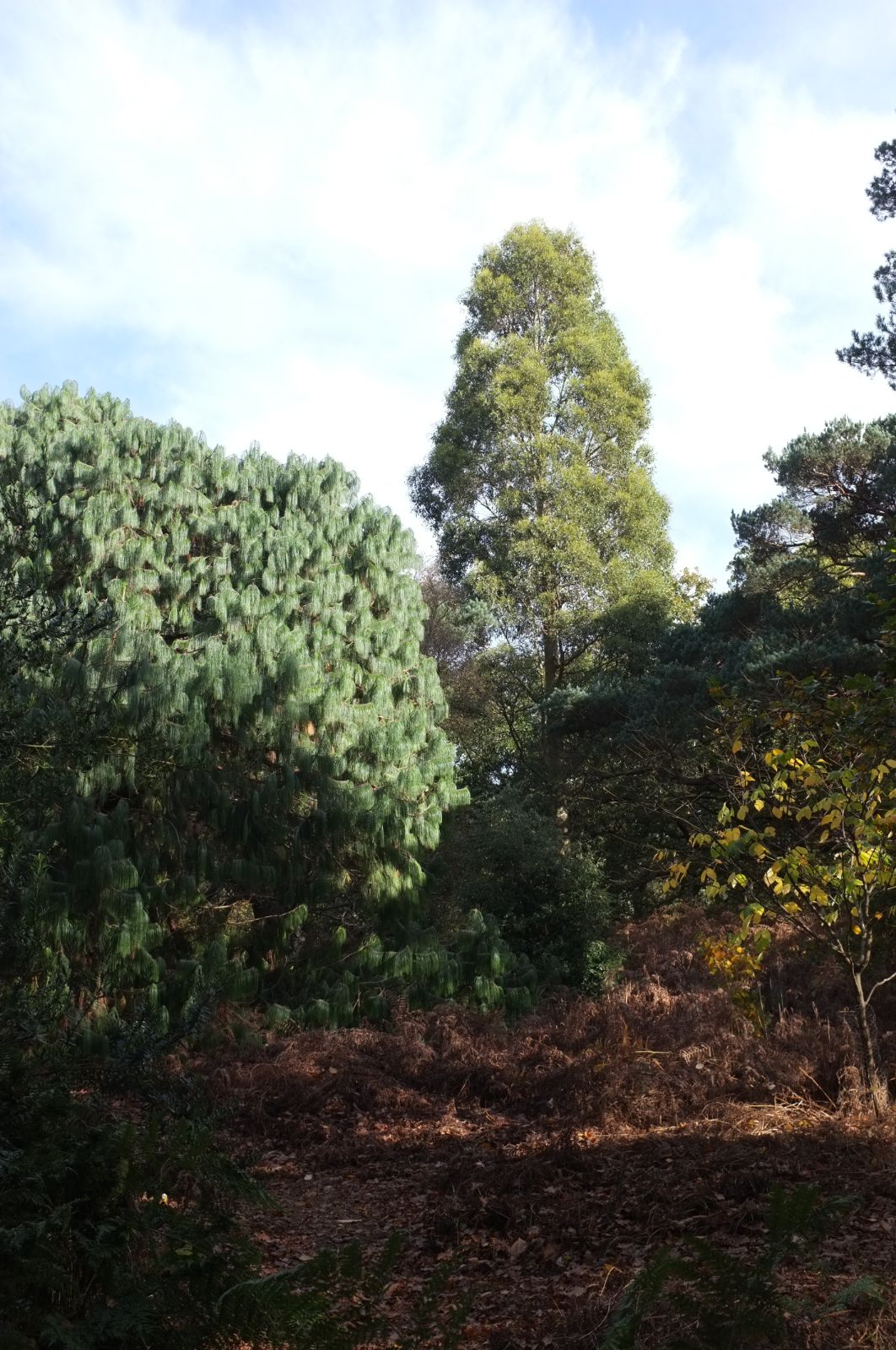Eucalyptus johnstonii
Credits
Article from Bean's Trees and Shrubs Hardy in the British Isles
Recommended citation
'Eucalyptus johnstonii' from the website Trees and Shrubs Online (treesandshrubsonline.
Genus
Synonyms
- E. subcrenulata Maiden & Blakely
- E. muelleri T. B. Moore, not Miq., nor Naudin
Other taxa in genus
- Eucalyptus acaciiformis
- Eucalyptus albida
- Eucalyptus amygdalina
- Eucalyptus archeri
- Eucalyptus blakelyi
- Eucalyptus bridgesiana
- Eucalyptus brookeriana
- Eucalyptus camaldulensis
- Eucalyptus camphora
- Eucalyptus chapmaniana
- Eucalyptus cinerea
- Eucalyptus coccifera
- Eucalyptus cordata
- Eucalyptus crenulata
- Eucalyptus cypellocarpa
- Eucalyptus dalrympleana
- Eucalyptus delegatensis
- Eucalyptus elliptica
- Eucalyptus fastigata
- Eucalyptus fraxinoides
- Eucalyptus globulus
- Eucalyptus gregsoniana
- Eucalyptus gunnii
- Eucalyptus kybeanensis
- Eucalyptus lacrimans
- Eucalyptus laophila
- Eucalyptus leucoxylon
- Eucalyptus macarthurii
- Eucalyptus macrorhyncha
- Eucalyptus mannifera
- Eucalyptus melliodora
- Eucalyptus mitchelliana
- Eucalyptus moorei
- Eucalyptus morrisbyi
- Eucalyptus neglecta
- Eucalyptus nicholii
- Eucalyptus nitens
- Eucalyptus nova-anglica
- Eucalyptus obliqua
- Eucalyptus oreades
- Eucalyptus ovata
- Eucalyptus parvula
- Eucalyptus pauciflora
- Eucalyptus praecox
- Eucalyptus radiata
- Eucalyptus regnans
- Eucalyptus remota
- Eucalyptus risdonii
- Eucalyptus rodwayi
- Eucalyptus rubida
- Eucalyptus saligna
- Eucalyptus sideroxylon
- Eucalyptus stellulata
- Eucalyptus subcrenulata
- Eucalyptus tenuiramis
- Eucalyptus urnigera
- Eucalyptus viminalis
A tree to 200 ft in favourable situations, with a clean, straight bole, but dwarf and stunted at high altitudes; bark deciduous, orange-red to brownish green, scaly at the base of the trunk on mature trees. Juvenile leaves glossy green, opposite, orbicular to ovate, stalkless, 11⁄4 to 21⁄4 in. long, margins with shallow, rounded teeth. Adult leaves alternate, stalked, ovate to lanceolate, 2 to 5 in. long (but smaller and more rounded in the dwarfer, high-mountain forms), dark, lustrous green, leathery; margins with faint, rounded teeth. Inflorescence a three-flowered umbel on a short, stout, flattened stalk; buds stalkless, calyx-tube wrinkled; operculum conical or hemispherical, with a boss at the apex. Fruit hemispherical to bell- or top-shaped, wrinkled; disk prominent; valves exserted.
Native of Tasmania from 2,000 to 4,500 ft; described in 1886 (as E. muelleri) but probably introduced to Britain some years earlier. The dwarfer, smaller-leaved form is maintained as a distinct species by some authorities under the name E. subcrenulata. It promises to be hardy. The arborescent form (E. johnstonii in the narrow sense) is probably not hardy enough for general planting but has reached a good size in the milder parts. The following were recorded in Eire in 1966: Mount Usher, Co. Wicklow, 118 × 83⁄4, 90 × 51⁄4 and 87 × 61⁄4 ft; Fota, Co. Cork, pl. 1948, 80 × 31⁄2 ft. There is a fine specimen at Kinloch Hourn in Inverness-shire. In his large collection of eucalypts at Casa di Sole, Salcombe, Devon, Dr Barker has a specimen measuring 59 × 33⁄4 ft (1970), planted in 1955.
Allied to E. johnstonii is the shrubby or mallee-like E. vernicosa Hook, f., native of the mountains of Tasmania at high altitudes. It is a hardy species with glossy, leathery, broadly elliptical to oblong leaves in both the juvenile and the adult state; they are about 2 in. long. One of the least effective of the eucalypts, though pretty in flower.
Another species in the same group is E. neglecta Maiden, a small, compact tree with dense, dark green foliage. It grows taller than E. vernicosa and the adult leaves are longer (3 to 4 in.). Found in one locality in Victoria.
From the Supplement (Vol. V)
Although E. vernicosa, mentioned under this species on page 134, is only a poor relation of E. johnstonii, it is nomenclaturally the senior species and the latter has been placed under it as subsp. johnstonii (Maiden) Pryor & L. Johnson.
specimens: Hillier Arboretum, Ampfield, Hants, 72 × 31⁄4 ft (1984); Kilmur Forest Garden, Argyll, pl. 1952, 95 × 43⁄4 ft (1978); Kinloch Hourn, Inv., pl. 1912, 125 × 73⁄4 ft and, pl. 1906, 105 × 103⁄4 ft (1978); Castlewellan, Co. Down, pl. 1906, 85 × 53⁄4 ft (1983); Mount Usher, Co. Wicklow, Eire, 111 × 9 ft, 92 × 6 ft and 62 × 7 ft (1975).


